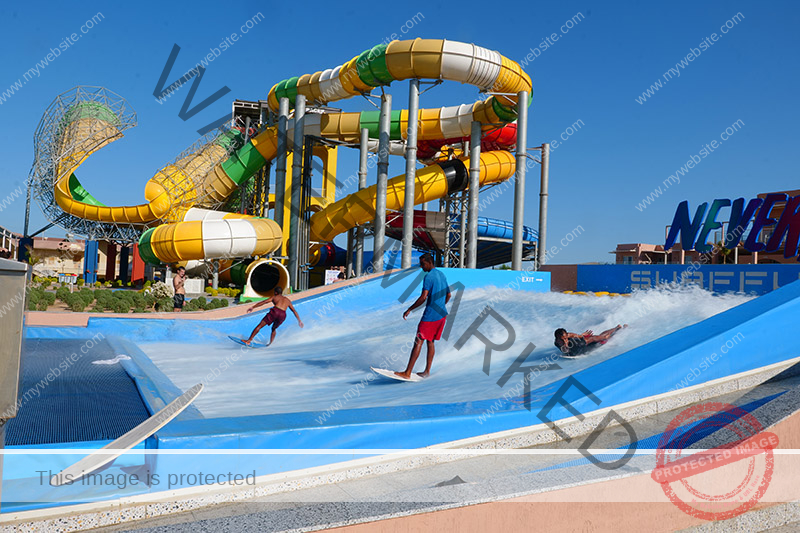What factors should be considered when designing a water park?

Key Considerations for Designing a Water Park: Ensuring Safety, Engagement, and Sustainability
Designing a water park requires balancing thrilling attractions with practical safety measures, operational efficiency, and environmental responsibility. Below are critical factors to prioritize during the planning phase.
Safety as the Foundation
1. Compliance with Industry Standards
Every ride, slide, and pool must adhere to global safety regulations, such as ASTM or EN standards. This includes structural integrity tests, load-bearing capacity checks, and anti-slip materials for walkways. Regular audits by certified engineers can help maintain compliance over time.
2. Water Quality Management
Implement advanced filtration systems (e.g., sand filters, UV purification) to keep water clean and safe. Automated monitoring tools should track pH levels, chlorine content, and turbidity in real time. Design drainage systems to prevent stagnant water, which can harbor bacteria or attract pests.
3. Emergency Preparedness
Strategically place lifebuoys, first-aid stations, and emergency exits. Train staff in CPR and crisis response protocols, such as evacuating rides during power failures. Clear signage in multiple languages ensures visitors understand safety rules, like height restrictions for slides.
Enhancing Visitor Experience
1. Diverse Attractions for All Ages
Cater to families by including shallow wading pools, gentle wave machines, and interactive water play structures. For thrill-seekers, design high-speed slides with twists, drops, or transparent tunnels. Incorporate themed areas (e.g., pirate coves, tropical islands) to create immersive environments.
2. Efficient Crowd Flow
Use wide pathways to avoid bottlenecks near popular attractions. Place lockers, restrooms, and food courts near entry points to reduce congestion. Digital queues or timed entry tickets can minimize wait times, while shaded seating areas improve comfort during peak hours.
3. Accessibility and Inclusivity
Ensure ramps, tactile guides, and audible announcements for visitors with disabilities. Offer quiet zones for those sensitive to noise or crowds. Design changing rooms with adjustable benches and hoists to accommodate diverse needs.
Sustainability and Long-Term Viability
1. Water Conservation Strategies
Recycle water through closed-loop systems, treating and reusing it for non-potable purposes like landscaping. Install low-flow faucets and smart sensors to reduce waste. Use drought-resistant plants for landscaping to lower irrigation demands.
2. Energy-Efficient Infrastructure
Opt for LED lighting, solar-powered heaters, and variable-speed pumps to cut energy use. Design buildings with natural ventilation and insulation to minimize HVAC reliance. Motion-activated lights in restrooms and storage areas further reduce consumption.
3. Eco-Friendly Materials
Choose recycled concrete, bamboo, or reclaimed wood for construction. Avoid single-use plastics by providing refillable water stations and biodegradable packaging at food stalls. Partner with local suppliers to shorten transportation chains and lower carbon footprints.
Operational Resilience
1. Staff Training Programs
Regular workshops on equipment maintenance, customer service, and conflict resolution keep teams prepared. Cross-train employees to handle multiple roles, ensuring smooth operations during staff shortages or emergencies.
2. Seasonal Adaptability
Design indoor sections or retractable roofs to extend usability in colder climates. Offer year-round activities like aqua fitness classes or holiday-themed events to maintain revenue outside peak seasons.
3. Technology Integration
Deploy mobile apps for ticket purchases, ride wait times, and navigation. Use AI-powered analytics to track visitor behavior and optimize layouts. Install IoT sensors to monitor equipment performance and predict maintenance needs proactively.
By addressing these factors, water parks can create safe, engaging, and sustainable spaces that appeal to a broad audience while reducing long-term costs and environmental impact.